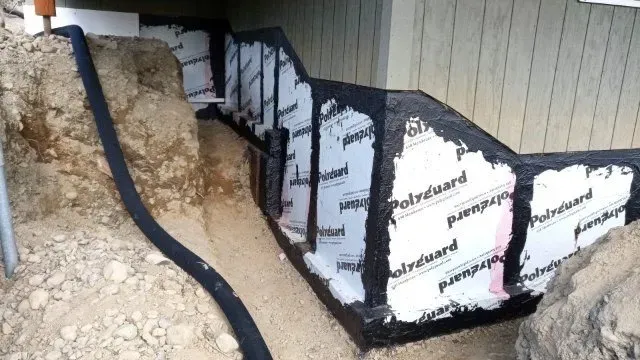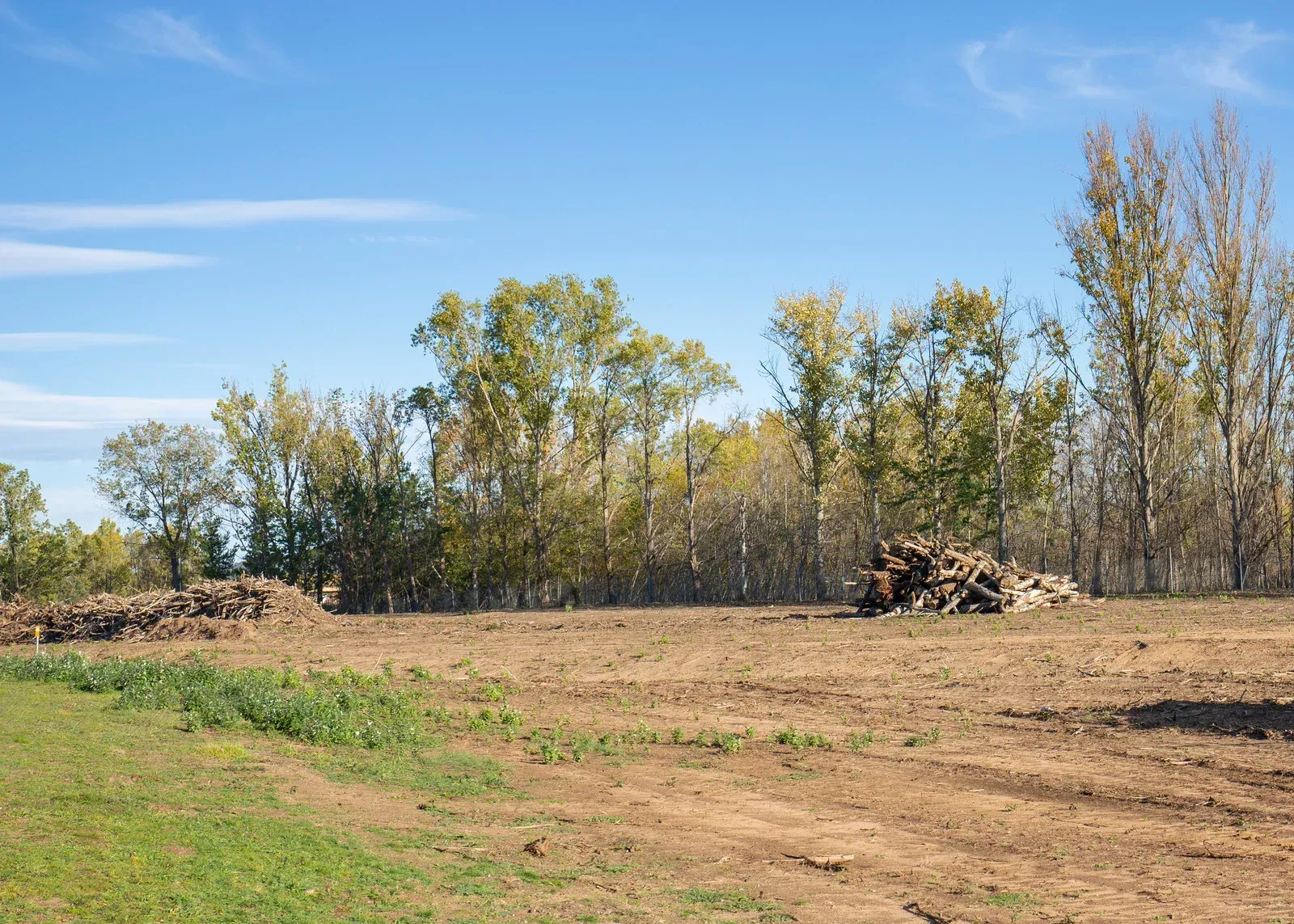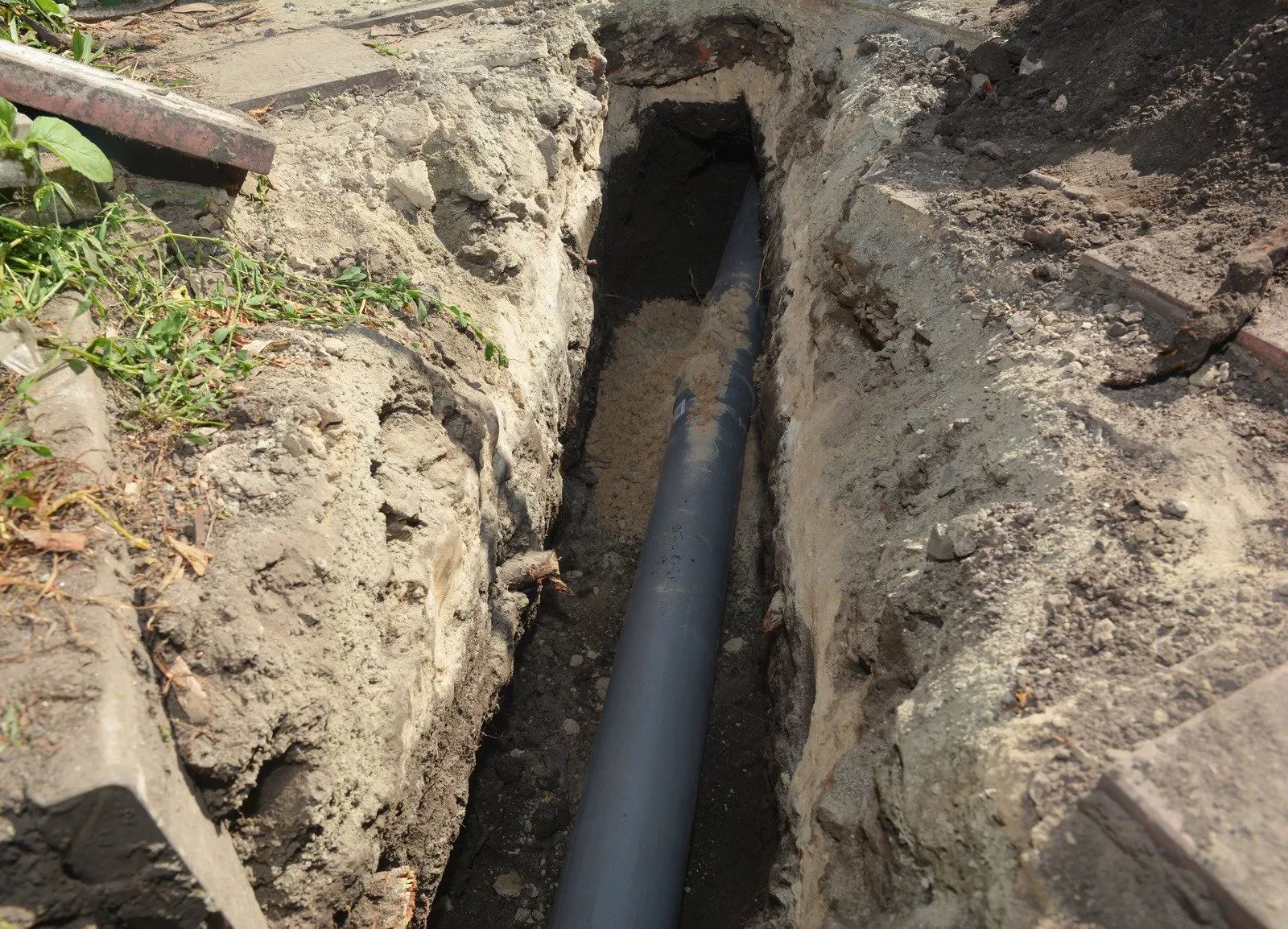Innovations in Stormwater Management: The Evolving Technology of Storm Sewers
Handling rainwater well is crucial in keeping cities safe from floods, keeping our waters clean, and building places that last. Old-style storm sewers are used to rush rainwater away from streets and buildings. But now, thanks to new technology and intelligent planning, we're finding better ways to deal with rainwater. In this article, we will look at how storm sewers are evolving to tackle today's challenges like climate change and growing cities.
What We Do with Rainwater
Managing stormwater means dealing with rain and melted snow in ways that stop flooding, erosion, and water pollution. In the old days, the goal was to get water out of cities fast, using pipes and drains. It often led to overworked water treatment places, dirty rivers and lakes, and less groundwater. Now, the goal is to handle rainwater more like nature does, using technology to slow it down, store it, and clean it before it goes back into the environment.
Using Green to Manage Water
A big change in managing stormwater is using green infrastructure. Here, plants, soil, and natural ways are used to deal with rainwater right where it falls. For example, green roofs use plants to soak up rainwater; rain gardens are small areas planted with unique plants that catch and filter rainwater; and permeable pavements let water soak through to the ground below, reducing runoff.
Smart Sewers is A New Approach
New sensor technology and data analysis are making old storm sewers smarter. Sensors in drains and pipes watch the water levels, how fast the water is moving, and the water quality in real-time. This information helps manage floods better by changing how water flows or telling maintenance teams about problems before they worsen.
Automated Systems to Stop Floods Before They Start
Automated control systems are a big step forward. These systems use weather forecasts and stormwater sensor data to automatically control pumps, gates, and valves. If it's going to rain a lot, the system can make room for the extra water before it even starts raining.
Collecting Rainwater to Turn a Problem into a Solution
Seeing rainwater as a helpful resource, not just a waste, is another innovation. Rainwater harvesting collects rain from rooftops and stores it. This water can be used for watering plants, flushing toilets, or, with the proper treatment, even as drinking water. It cuts down on runoff, eases the load on storm sewers and provides a sustainable water source.
Teaching and Involving Everyone
No technology can fix stormwater challenges all by itself. It's also important to teach people and get them involved. When people know why green infrastructure is good and how saving stormwater helps, they're more likely to support and invest in these new ideas. Programs that give out rain barrels or rewards for using permeable pavements can encourage everyone to do their part.
What's Next
The new direction for
storm sewers shows we're getting better at dealing with rainwater sustainably. By mixing green infrastructure, using innovative tech, and seeing rainwater as a resource, we can make cities more flood-resistant, cleaner, and excellent places to live. With ongoing innovations, we're moving towards a future where we work with rainwater in positive ways, turning challenges into opportunities.





